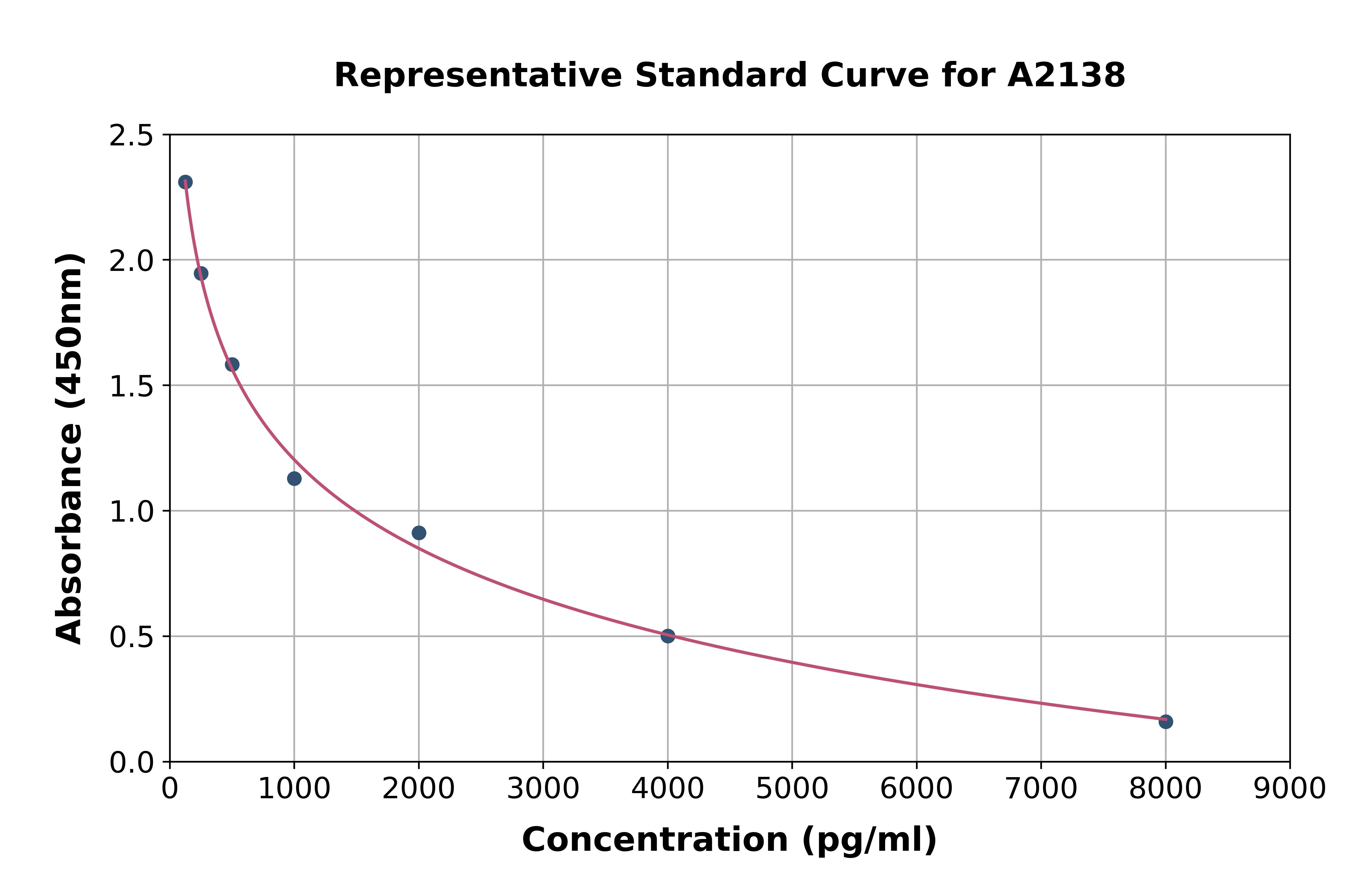Human Estrone ELISA Kit
ARG82806
Product group Assays
Overview
- SupplierArigo Biolaboratories
- Product NameHuman Estrone ELISA Kit
- Delivery Days Customer23
- ApplicationsELISA
- Assay PrecisionIntra-Assay CV: 7.3%Inter-Assay CV: 8.4%
- Assay Sensitivity1.073 pg/ml
- Assay Time1 hour 15 min
- CertificationResearch Use Only
- Scientific DescriptionEstrone (3-hydroxy-1,3,5 (10)-estratrien-17-one) is beside estradiol and estriol one of the three major naturally occuring estrogens. The estrogens are involved in the development of female sex organs and secondary sex characteristics. Bioassay data indicate that the estrogenic activity of estrone is considerably lower in comparison to estradiol. However, the physiological role of endogenous estrone is not well defined. Estrone is produced primarily from androstenedione. In premenopausal women, more than 50% of the estrone is secreted by the ovary. In prepubertal children, men and postmenopausal women, the major portion of estrone is derived from peripheral tissue conversion. During the follicular phase of the menstrual cycle the estrone level inreases with a clear peak around day 13. The peak is of short duration and by day 16 of the cycle levels will be low again. A second peak during the luteal phase occurs around day 21 of the cycle. If fertilization does not occur production of estrone decreases again. These changes of estrone concentration are in parallel to that of estradiol. Until the 4. to 6. week of pregnancy, estrone originates primarily from maternal sources such as the ovaries, adrenals, or peripheral conversion thus remaining within the normal values. After the 6. to 10. week of pregnancy the values increase gradually due to placental secretion of estrone. After menopause, estrone levels do not decline as dramatically as estradiol levels. In postmenopausal women estrone is the major estrogen. In males the concentration of E1 has been reported to rise up with age inversely to that of 17-OH-progesterone. In premenopausal women excessive estrone levels can result from the conversion of large amounts of androstenedione produced in polycystic ovary syndrom and ovarian tumors.
- Storage Instruction2°C to 8°C
- UNSPSC41116133



